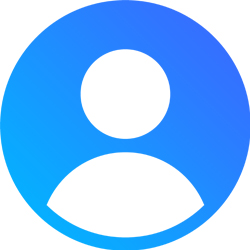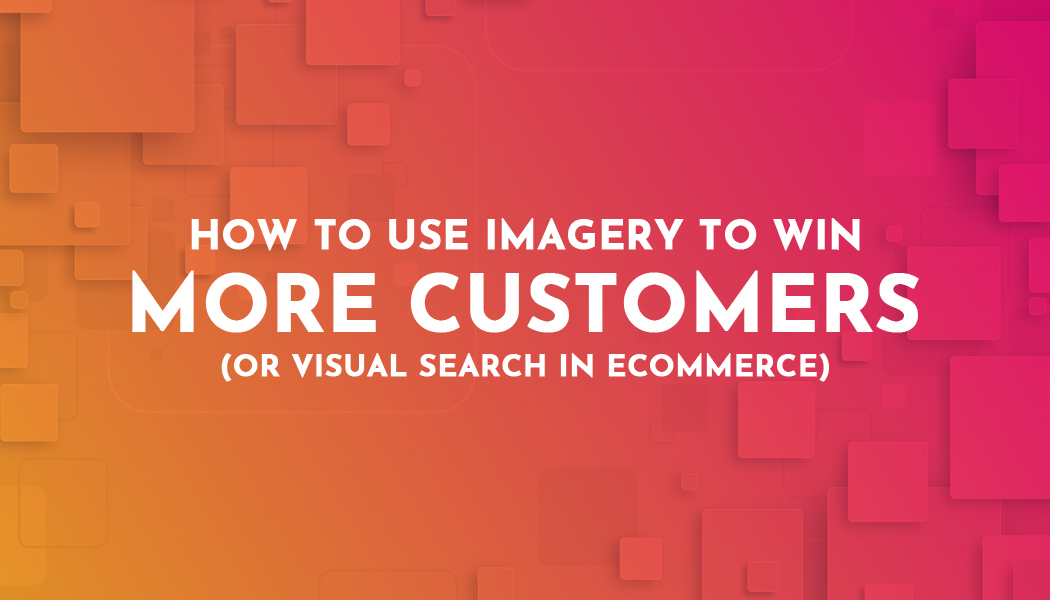The Rise of Medical Wearables: Revolutionizing Remote Patient Monitoring
Introduction:
In the ever-evolving landscape of healthcare, technology continues to push the boundaries of what's possible. One area that has seen tremendous growth and innovation is in medical wearables. These devices, once confined to the realms of fitness tracking, have now become integral tools in remote patient monitoring (RPM). This blog explores the transformative impact of medical wearables on healthcare, particularly in revolutionizing remote patient monitoring. Moreover, the integration of medical wearables with dermatology practice management software offers opportunities to enhance patient care in dermatological settings. By enabling continuous monitoring of skin conditions and treatment effectiveness, medical wearables facilitate proactive interventions and personalized care plans, ultimately improving outcomes and patient satisfaction in dermatology practice.
The Evolution of Medical Wearables:
Medical wearables have come a long way since their inception. What started as simple fitness trackers capable of counting steps and monitoring heart rate has now evolved into sophisticated devices equipped with sensors that can monitor a plethora of physiological parameters. From continuous glucose monitoring for diabetics to smartwatches capable of detecting irregular heart rhythms, the capabilities of medical wearables have expanded significantly.
Remote Patient Monitoring:
A Paradigm Shift in Healthcare: Remote patient monitoring (RPM) involves the use of technology to monitor patients' health outside of traditional clinical settings. This approach has gained traction in recent years due to its potential to improve patient outcomes, reduce healthcare costs, and enhance patient engagement. Medical wearables play a pivotal role in RPM by providing real-time data on patients' vital signs, activity levels, and other relevant metrics.
The Benefits of Medical Wearables in Remote Patient Monitoring: The integration of medical wearables into remote patient monitoring offers several key benefits:
- Continuous Monitoring: Unlike traditional healthcare settings where patients are monitored intermittently, medical wearables enable continuous monitoring, providing healthcare providers with a more comprehensive view of patients' health status.
- Early Detection of Health Issues: Medical wearables can detect subtle changes in patients' physiological parameters, allowing healthcare providers to identify potential health issues at an early stage before they escalate into more serious conditions.
- Personalized Care: By collecting real-time data on patients' health metrics, medical wearables enable healthcare providers to deliver personalized care tailored to each individual's unique needs and circumstances.
- Improved Patient Engagement: Medical wearables empower patients to take an active role in managing their health by providing them with access to real-time data and insights into their health status. This increased engagement can lead to better adherence to treatment plans and improved health outcomes.
Case Studies:
Real-World Applications of Medical Wearables in Remote Patient Monitoring: Several real-world examples illustrate the transformative impact of medical wearables in remote patient monitoring:
- Remote Monitoring of Chronic Conditions: Patients with chronic conditions such as heart disease, diabetes, and hypertension can benefit from continuous monitoring facilitated by medical wearables. These devices enable healthcare providers to closely monitor patients' vital signs and intervene promptly if any abnormalities are detected.
- Postoperative Care: Medical wearables can play a crucial role in postoperative care by monitoring patients' recovery progress remotely. By tracking parameters such as heart rate, activity level, and sleep patterns, healthcare providers can ensure that patients are recovering properly and intervene if any complications arise.
- Aging in Place: Medical wearables enable elderly individuals to age in place safely by providing continuous monitoring of their health status. These devices can detect falls, monitor vital signs, and alert caregivers or emergency services in case of an emergency, allowing seniors to maintain their independence while receiving the support they need.
Challenges and Future Directions:
Despite the promising potential of medical wearables in remote patient monitoring, several challenges remain, including data privacy concerns, interoperability issues, and the need for regulatory frameworks to ensure the safety and efficacy of these devices. Moving forward, it will be crucial for stakeholders to address these challenges collaboratively to unlock the full potential of medical wearables in transforming healthcare delivery. Additionally, integrating medical wearables with Electronic Health Record (EHR) systems list can facilitate seamless data sharing and analysis, enhancing care coordination and clinical decision-making. By ensuring compatibility and interoperability between medical wearables and EHR systems list, healthcare providers can harness the wealth of patient-generated data to drive insights, improve outcomes, and deliver more personalized care.
Conclusion:
The rise of medical wearables represents a paradigm shift in healthcare, enabling continuous monitoring of patients' health outside of traditional clinical settings. By revolutionizing remote patient monitoring, medical wearables have the potential to improve patient outcomes, enhance patient engagement, and reduce healthcare costs. As technology continues to advance and new innovations emerge, medical wearables will play an increasingly integral role in the future of healthcare, paving the way for a more personalized, proactive, and patient-centered approach to healthcare delivery.




